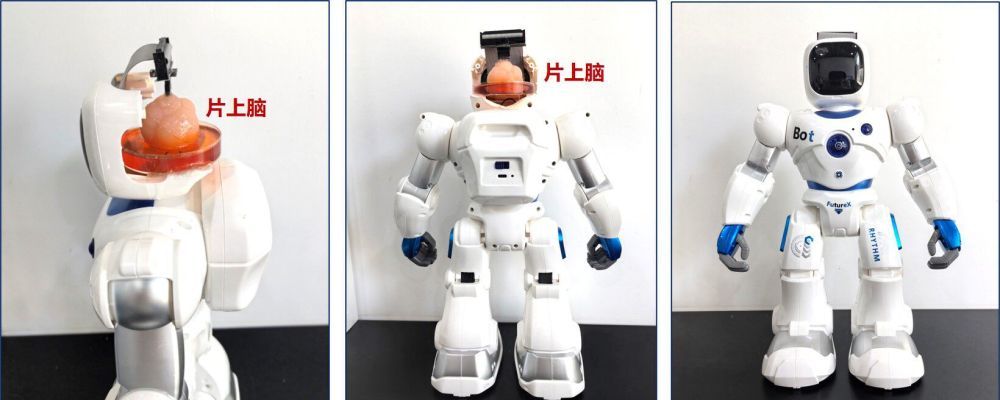A group of Chinese researchers has created a robot with a brain made of human stem cells. The technology is technically a “brain-on-a-chip,” and the researchers have been working to train the robot to perform various tasks. The stem cell brain that powers the robot is attached to a neural interface chip, which powers the entire thing.
Tianjin University, one of the two institutes behind the new research, considers the design the world’s first open-source brain-on-chip system and says that it could lead to the development of more brain-like computing. The key to the entire design is an in-vitro cultured brain organoid.
That organoid has been coupled with an electrode chip to form the basis of the brain-on-chip. In this case, the organoid is made up of stem cells, effectively making it a stem cell brain. This kind of technology is part of an emerging trend that scientists are calling brain-computer interface.

Perhaps one of the most well-known BCIs out there right now, Neuralink, has garnered attention because of its backing from Elon Musk and its ability to be implanted directly in the brain. By putting their brains into a robot, though, the researchers behind this latest development are looking to expand what their BCI can do.
Instead of relying on human interaction, the researchers trained the stem cell brain to use the robot’s various parts to pick up items and move them around. From there, Tianjin University hopes to lead future research and development into hybrid human-robot intelligence.
The university also shared photos of the robot, which features a brain-like organ on top of its head. However, the information says that this organoid is just for show and not the actual brain that is controlling the robot. Still, it’s quite the look, and if it is as capable as the researchers say, perhaps we will see more advanced BCI-powered robots coming out in the next couple of years.








